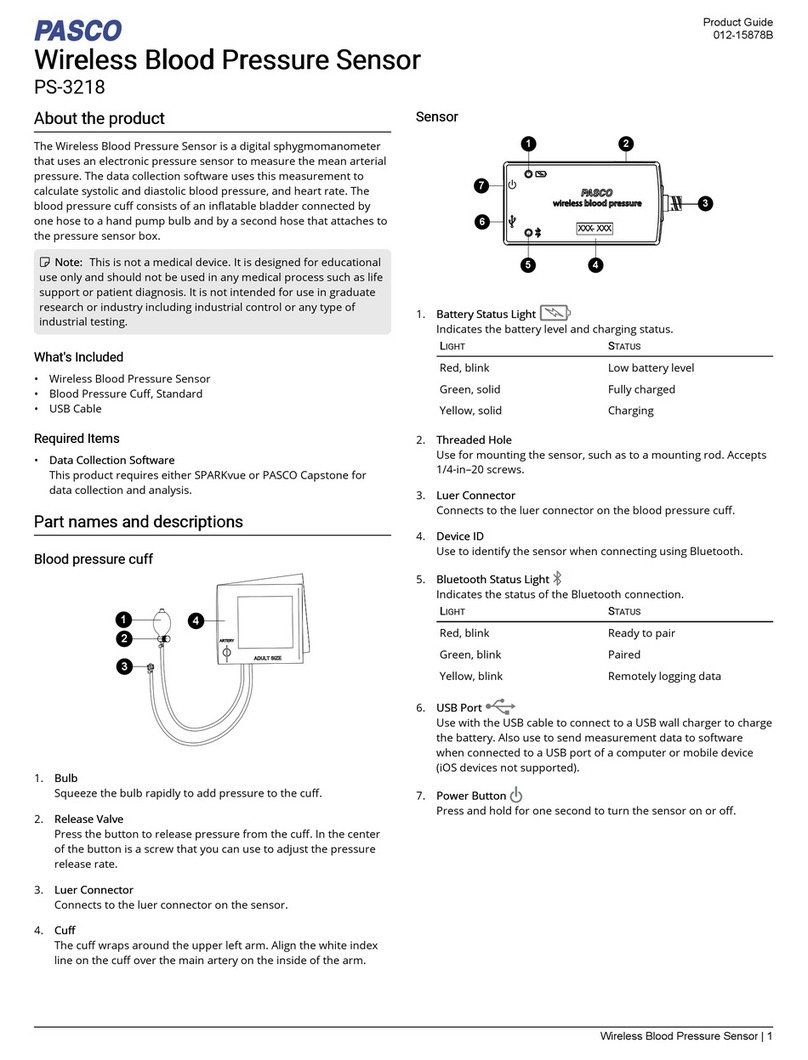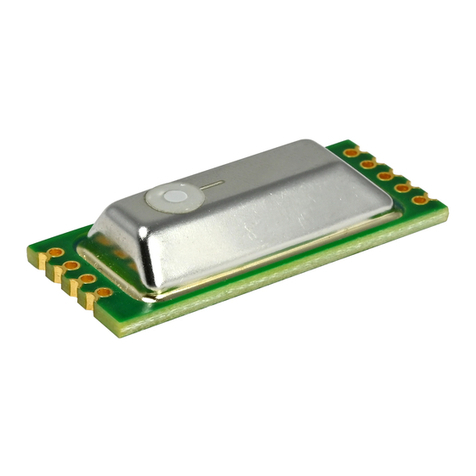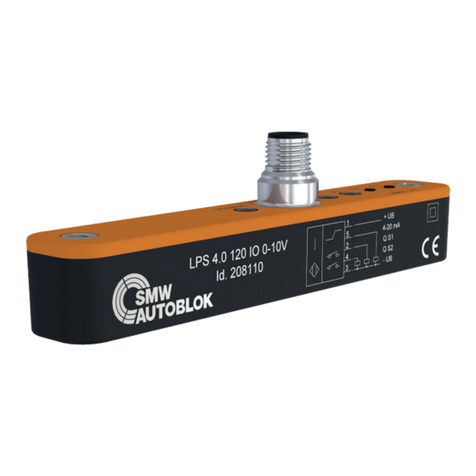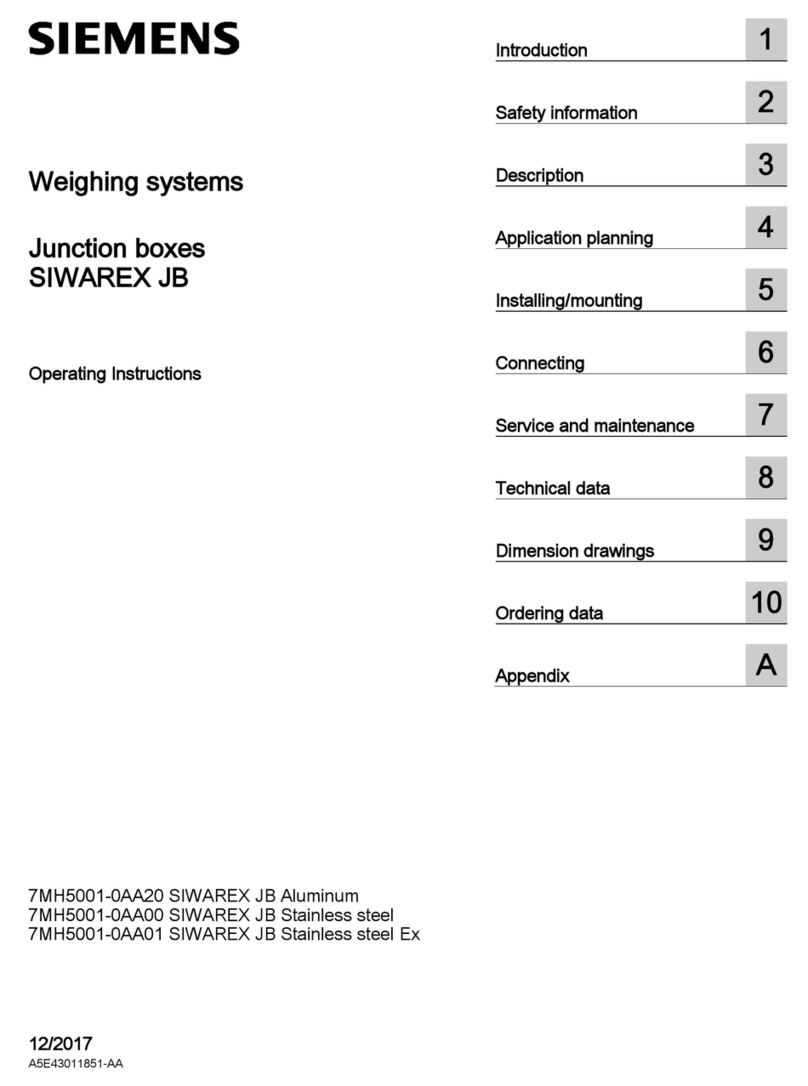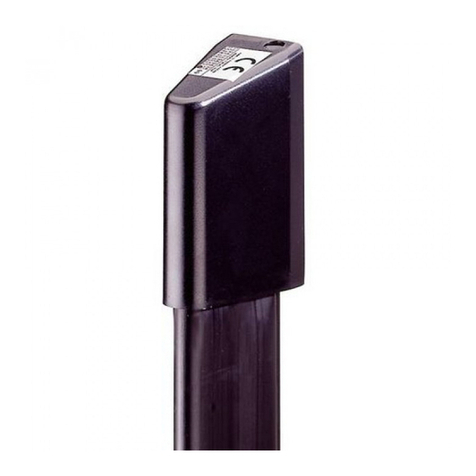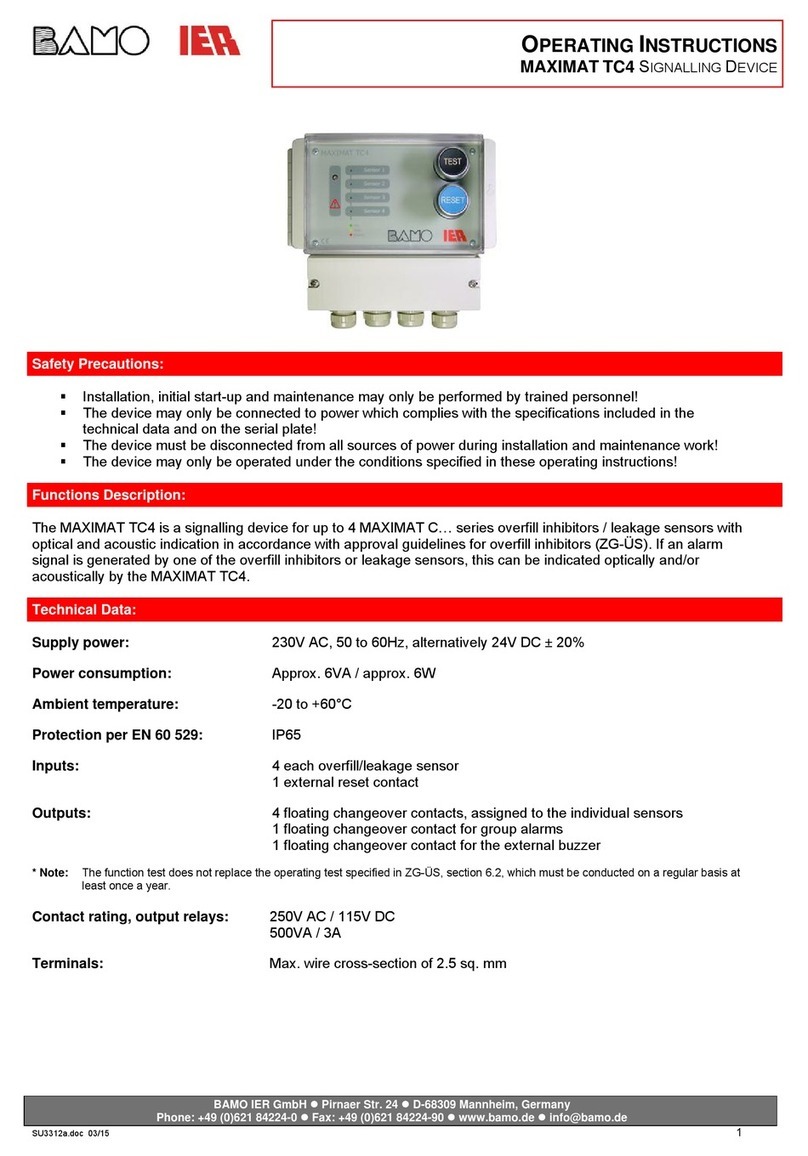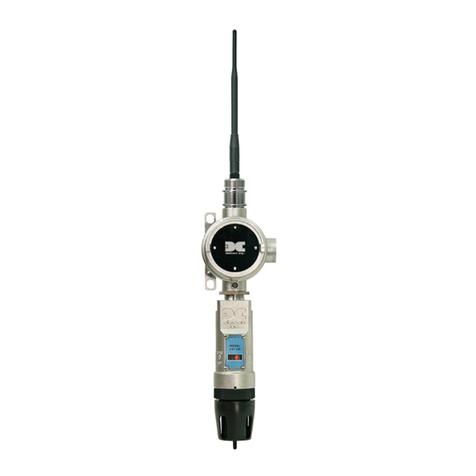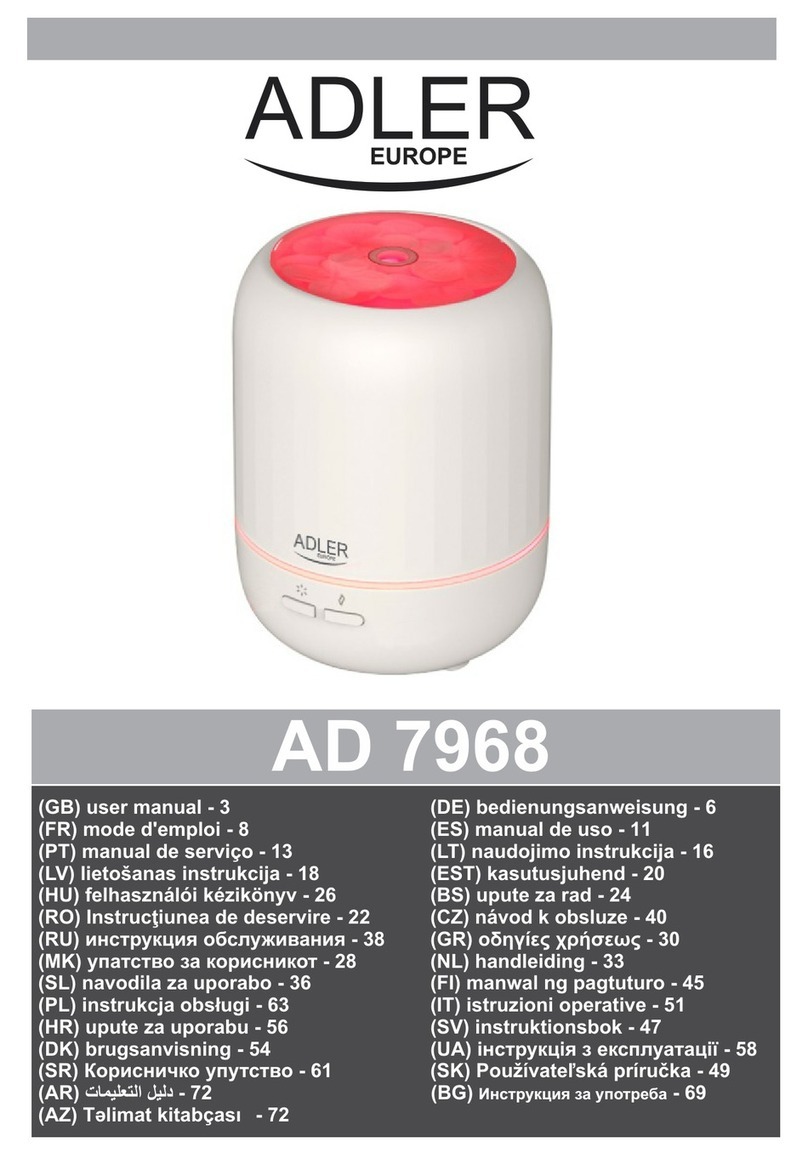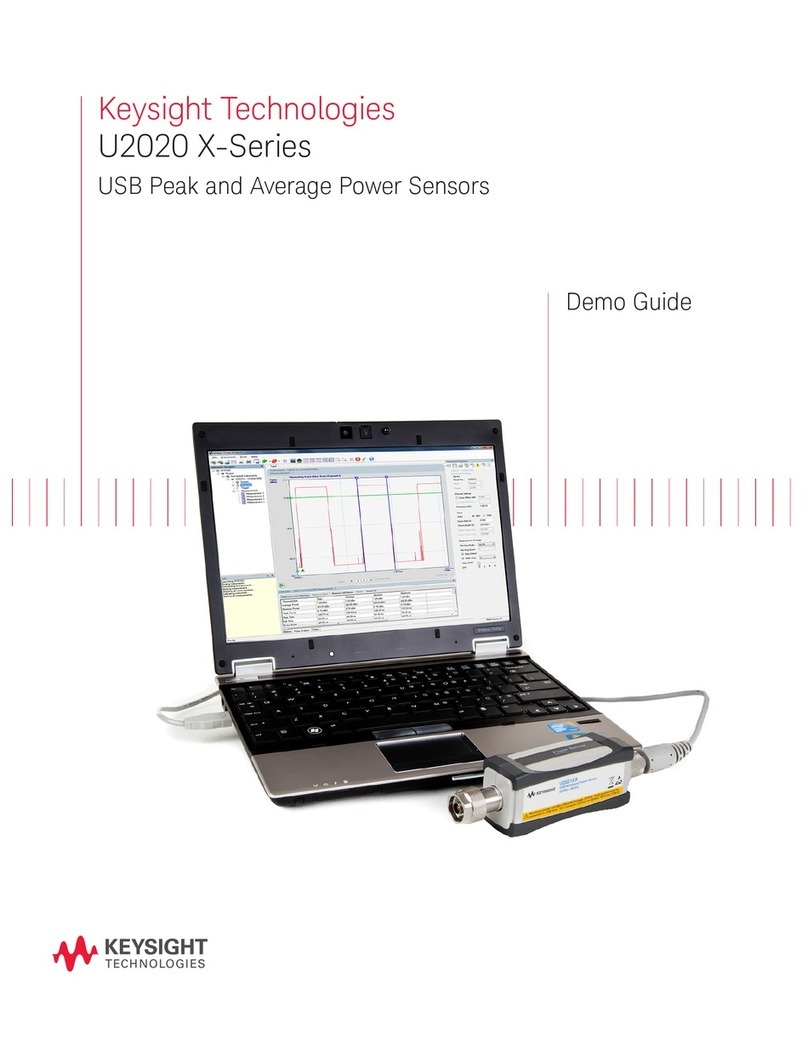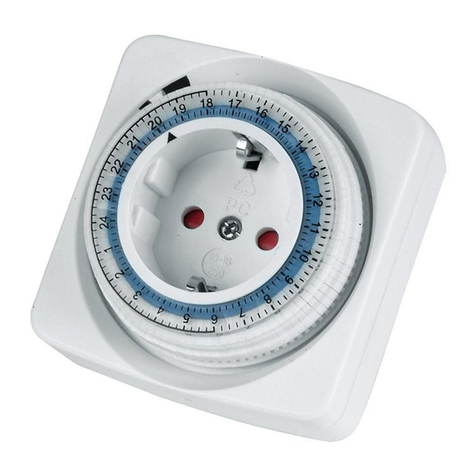Spinball Sports Wizard User manual

Spinball Two Wheel Pitching Machine
Owner's Manual

CAUTIONS
● This machine is not a toy! Use under adult supervision only
● Machine will throw balls and strikes- batters must stay alert and
always wear a helmet
● Use only regulation sports balls, or balls specifically designed for
machine use
● Hold machine steady when loosening ball joint for adjustments
The machine is not fully balanced on the ball joint and may move
under its own weight if not held in place
● Use a grounded (3 prong) electric outlet only Use a GFCI outlet
when machine is operated outdoors Do not use the machine in
wet conditions
● Do not store the machine with the urethane wheel tread
compressed against the ground Flat spots will develop
● Never use a machine with a bent or deformed aluminum wheel
● Machine operator (person feeding balls into machine) should
stay behind a protective screen
FAST, FREE, FRIENDLY HELP
For assistance assembling or using your machine, please view our
videos online, call us at 618-244-4587, or email us at
info@spinballsports com
ASSEMBLY / SET UP
LEGS Slide the legs into the sockets on the tripod base until the spring
loaded buttons pop up and set the machine upright
BALL FEEDER TUBES Use the 3" tube for baseballs, tennis balls,
or cricket balls, and the 4" tube for softballs Attach the tube to the
machine using the two included thumb screws Position the feeder tube
to clear the wheels by 1/4 - 1/2" Placing the tube in contact with the
wheels can damage the tube and wheels, and may cause the tube to be
grabbed and thrown Placing the tube too far away from the wheels will
diminish the machine's accuracy See Figures 1 & 2

Figures 1 & 2: Install ball feeder tube as shown. Tube shown in blue.
MOTOR / WHEEL POSITION The gap between wheels is a
critical adjustment to maximize pitch speed and accuracy The optimal
distance between wheels depends on the size and compressibility of the
ball being used Softer, more compressible balls require a smaller gap
than harder balls do Too small of a gap will slow the wheels when
pitches are thrown, producing a loud “thunk” Too large of a gap will not
generate enough squeezing force on the ball, and pitches will be too
slow, without enough spin As a general rule, when the gap is correct,
you should be able to feed a ball through an unpowered machine by
rotating the wheels by hand with a moderate effort
The Spinball Wizard uses a pegboard type system to ease wheel
alignment and spacing A grid of mounting holes provides a fixed number
of positions for motor placement and automatically aligns the motor and
wheel in each of those positions See Figures 5 & 6 for a typical laced
baseball setup
The wheels are moved by removing the four socket (Allen) head cap
screws that hold each motor sled to the frame A 3/16” Allen wrench is

Figure 3: Top motor position numbering system. Motor sled locating pins
shown in position 4 of 6. Motor sled shown in blue for clarity. Hole
numbers are shown to illustrate numbering system only, and do not
actually appear on machine.
Figure 4: Bottom motor position numbering system. Motor sled locating
pins shown in position 3 of 6. Motor sled shown in blue for clarity.

stored in a plastic clip on the back on the machine Be sure to support
the motor / wheel assembly when removing the screws – do not let the
motor fall or hang by its cord Reposition the motor & wheel assembly as
desired, then re-install the four screws (The screws don't necessarily
need to be fully removed during this process - you can just back them off
enough to be able to move the motor )
Table 1 provides guidelines on where to position the motors for various
types of balls Top and bottom motors do not need to be at the same
location, but they should not be more than one setting apart Feel free to
experiment and deviate from these locations to determine the optimal
wheel gap for your particular situation For example, cold weather will
cause both the balls and wheels to harden, requiring a larger wheel gap
than when the same machine is used in hot weather Also, once the
wheels wear down, they will need to be moved closer together to
compensate
Ball Type Top Motor / Wheel
Pin Location
Bottom Motor / Wheel
Pin Location
Soft Dimpled Baseballs
< 85 mph 3 3
Soft Dimpled Baseballs
> 85 mph 3 2
Real Baseballs 4 3
Soft Dimpled Softballs 5 5
Real Softballs 5 6
Table 1: Typical motor wheel location setups for a new machine. A ball
is considered “soft” if you can push your thumb into it 1 16” or more. To
get technical, “soft” is a durometer or 70A or less.
This system is unique to Spinball built pitching machines Adjusting the
wheel gap may seem like extra work, but the improved performance is
well worth the effort

OPERATION
SPEED CONTROLS The wheel speeds are individually controlled
by rotary knobs The actual pitch speed for baseballs will be the average
of the two wheel speeds - see “Throwing Different Pitches” below
Because softballs are heavier than baseballs, they are thrown roughly
15% slower than baseballs A small deadband, where the motor clicks
but doesn't actually turn, is normal below a speed setting of 10-15mph
ADJUSTING MACHINE ORIENTATION The machine is
positioned by use of a single ball and socket joint The joint is locked by
turning the clamping knob clockwise until tight To adjust the machine,
grasp the machine's frame and turn the clamping knob counterclockwise
until the joint is loose enough to move Then rotate the machine to the
desired position and lock the joint in place The best practice is to loosen
the joint just enough that you can adjust the machine with a little effort,
but not loosen it enough that it can flop around on its own For horizontal
adjustments, it is often easier to rotate the entire machine slightly instead
of adjusting the ball and socket joint a tiny amount
THROWING DIFFERENT PITCHES Thrown balls will tend to
curve in the direction they are spinning, and the greater the spin, the
more the curve Spin is imposed on the ball by setting one wheel to turn
faster than the other- the ball will spin & curve away from the faster
wheel By rotating the machine on its ball joint, you can set the curve in
any direction The speed of the pitch will be the average of the wheel
speed settings For example, setting one wheel at 60 and the other at 90
will result in a 75 mph pitch A laminated chart is included for guidance,
but it should only be considered a starting point Please feel free to call
or email us with questions
The most common mistake for new users is to set both wheels to the
same speed to throw a fastball However, if both wheels are set to the
same speed, the ball will have no spin and the pitch will actually be a
knuckleball A fastball has backspin, so the lower wheel must be set to a
higher speed (by 20-40 mph) than the top wheel to throw it
ACCURACY The primary factor behind pitch accuracy is the
consistency of the balls While you can use many types of balls (real or
dimpled / high or low seam / compressible or hard) you can not mix them
in one setup and get consistent results Balls must be dry and in good
condition Dimpled machine balls will be more accurate than leather
baseballs, especially after use Softer balls tend to be more accurate
than harder balls because the wheels grip them better Low seams are
better than high seams (and cause less wear) Rolling the ball into the

feeder tube so that the wheels grab across the seams is better than
along the seams (4 seam is better than 2 seam) The more consistent
the balls are, the more consistent the pitches will be
Another key factor for top accuracy is setting the proper distance
between wheels - see “Motor / Wheel Position” earlier in this manual for
a full discussion
A third factor is the cleanliness of the wheels After use, especially with
new plastic balls (both dimpled and laced), the wheels can accumulate a
residue from the balls The residue is slick and prevents the wheel from
grabbing the ball sufficiently The wheels can be cleaned with solvent
cleaners such as MEK, acetone, or lacquer thinner along with sandpaper
Cheap synthetic leather baseballs wear quickly and leave excessive
residue, so we strongly discourage their use This includes the Wilson
A1010S (Apparently the ‘S’ stands for synthetic )
If pitches seem to wander during use, check that the ball and socket joint
is tight Also check that the entire machine is not moving from recoil
When used on a hard slick flooring surface such as hardwood or cement,
the machine should be set on a carpet scrap or nonslip mat
We have found that Jugs' Pearl brand baseballs are slicker than
standard baseballs, and because of that, they are far less accurate in our
machines than standard baseballs
SPEED The speed dials are very close to actual baseball pitch
speeds, but they are not exact There is no economical way to
compensate for the different types, weights, and conditions of the variety
of balls that might be used The speed settings are, however, very
consistent and repeatable, so that once a machine is set, it will deliver
consistent speed and accuracy
MISCELLANEOUS
WHEEL BALANCING Our wheels are balanced 10X more
accurately than a typical car tire Should your wheels require re-
balancing for any reason we will rebalanced them for you for free
Shipping each way is not covered Bent or deformed aluminum wheels
must be replaced
GENERATORS This machine may be powered by a standard
household outlet or a portable gas generator The machine will pull a
maximum continuous load of 4 Amps (480 Watts) at 120V AC, but we
recommend a generator capacity of 800W minimum Be sure when

selecting a generator that you check the actual electric output power
rating, not the gas engine output, which is often how they are advertised
INVERTERS You can also power your machine with a 12V marine
battery with a 120V AC inverter However, only true sine wave inverters,
which are much more expensive than modified sine wave (MSW) or
square wave inverters, will work 1000W is the minimum recommended
output due to high startup currents
MAINTENANCE If stored outdoors, always keep the machine
covered to protect it from rain Tarps are available at any local hardware
store, but even a large trash bag will work Do not leave the machine
outside during storms High winds can blow the machine over and
damage the wheels and/or motor shafts This is not normal use, and is
therefore not covered by warranty Ball residue may be cleaned from the
wheel tread with sandpaper and / or a solvent cleaner such as lacquer
thinner, acetone, or MEK
WARRANTY If your machine doesn't perform like you expect, please
contact Spinball and we will attempt to diagnose the problem for you If a
part fails during the warranty period and you feel confident you can install
it yourself, we will send the replacement part for free If something goes
wrong during the first 30 days you have the machine, you can also
choose to exchange it for a new one After 30 days, if you need to return
the machine for repairs, you will have to pay for return shipping We will
repair the machine and return the machine back to you at our expense
All components of your machine are covered for non-commercial use for
five years from the date of purchase, but wheels are wear items which
are prorated like car tires For example, if a wheel or motor only lasts 3
years, you will receive 40% off the price of a new one The warranty
does not cover cosmetic issues, normal wear, or misuse of the product
For commercial use, the warranty period is one year Warranties are not
transferable
We don't want anyone to be unhappy with their purchase, so products
may be returned at your expense for any reason within 30 days for a full
refund minus a 15% restocking fee This fee is the lowest in the industry
and covers both our outgoing shipping costs and minor cosmetic damage
to the machine Refunds will be reduced to cover any non-cosmetic
damage
THANK YOU! Thank you for buying from Spinball Sports We hope
you will enjoy your new pitching machine for many years to come If you
have any questions or comments please email us at
info@spinballsports com or call us at 618-244-4587 And thanks again!
Table of contents
Popular Accessories manuals by other brands

Zeta Alarm Systems
Zeta Alarm Systems ZTZM/4 user manual
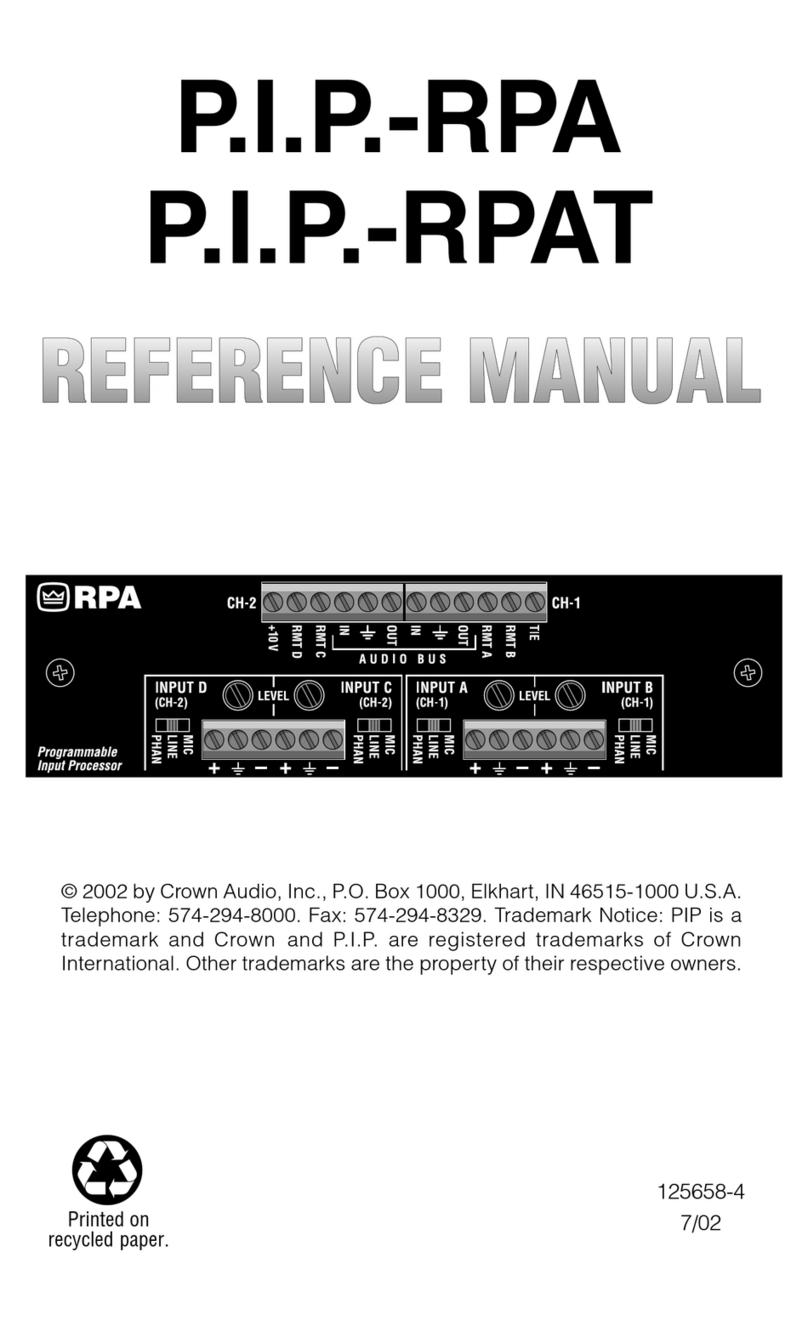
Crown
Crown PIP-RPA reference guide

Hitachi
Hitachi Super drive series operating instructions
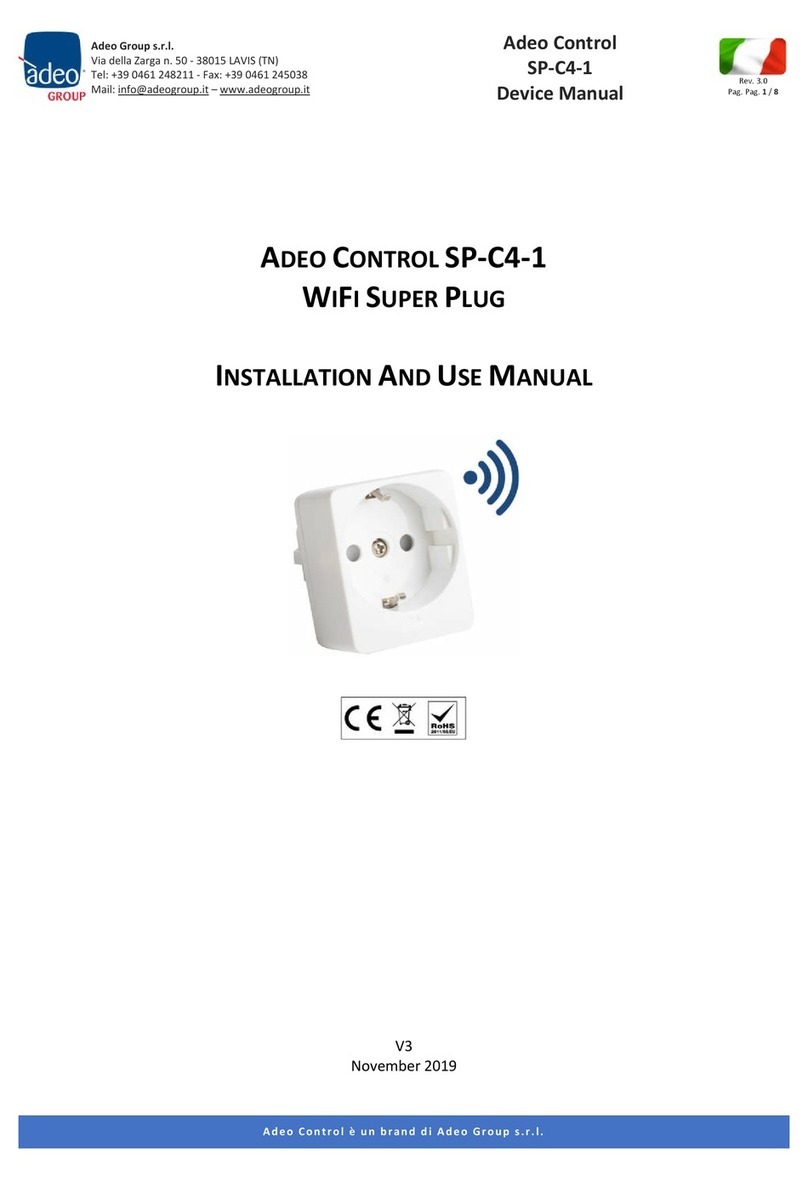
ADEO CONTROL
ADEO CONTROL SP-C4-1 Installation and use manual
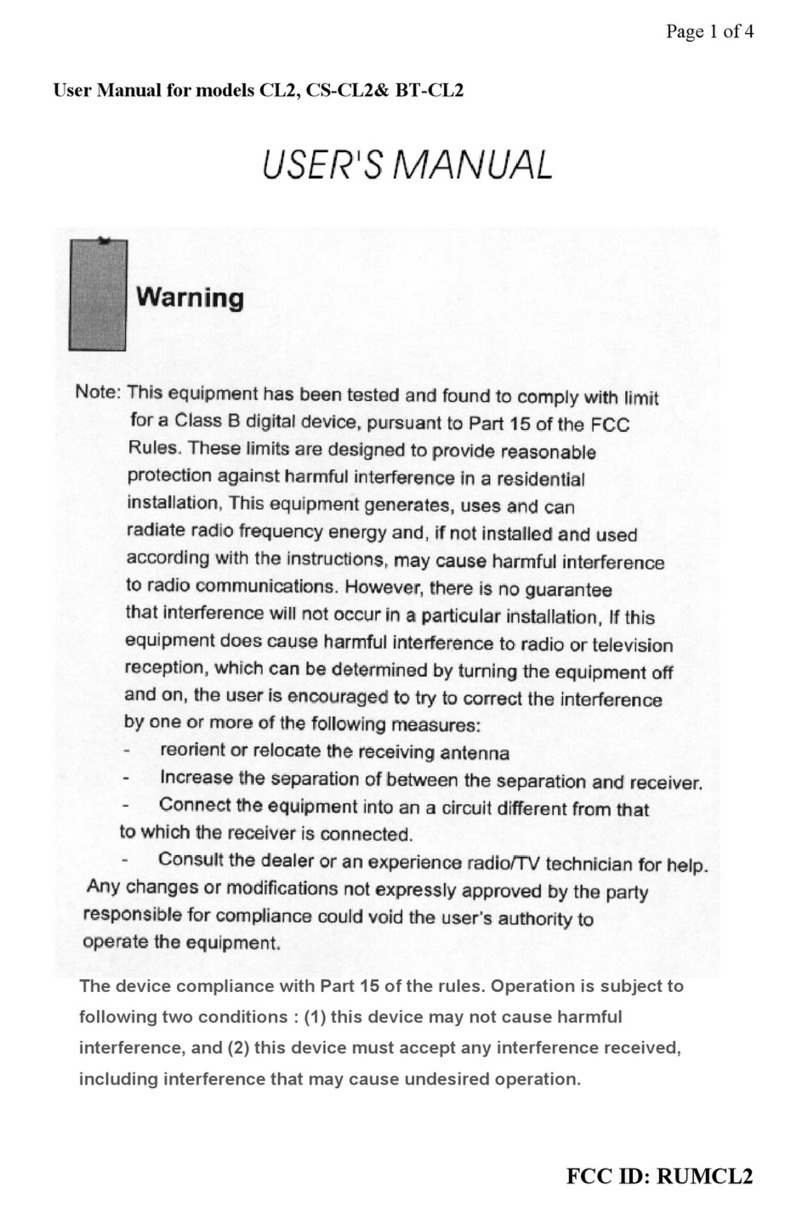
Geemarc
Geemarc CL2 User manuals
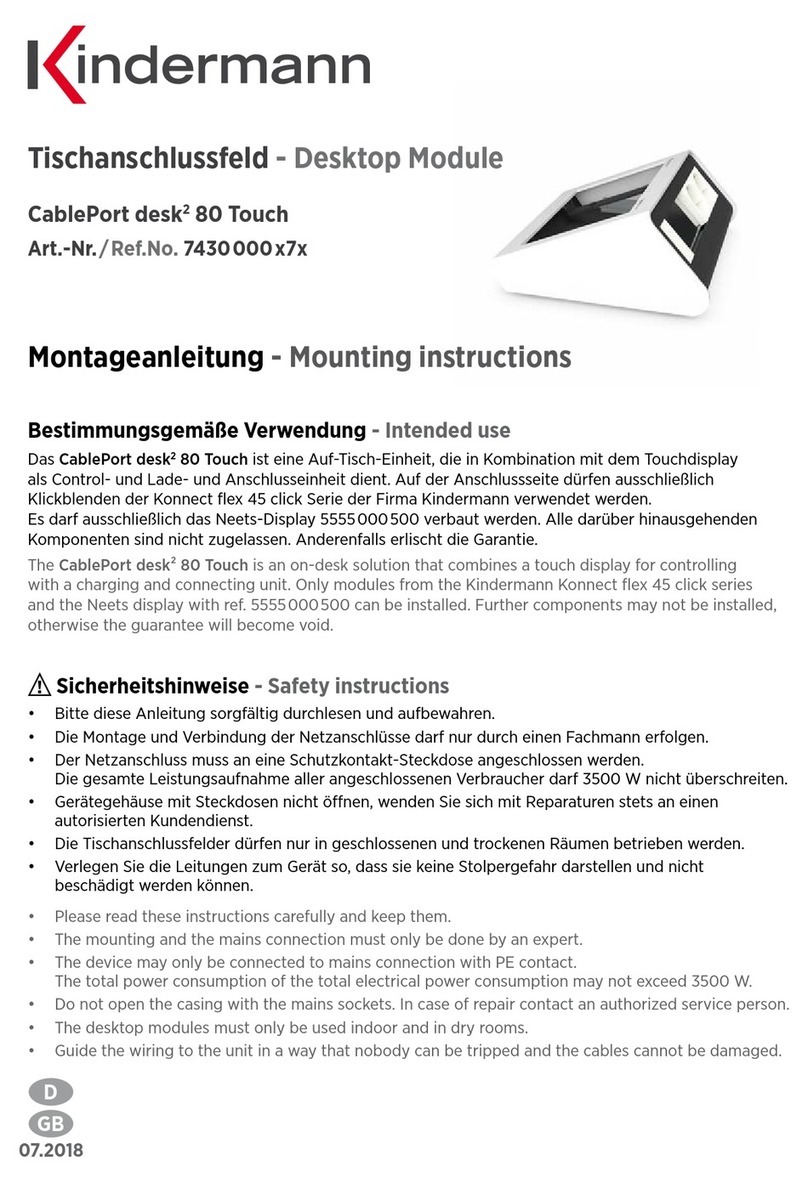
Kindermann
Kindermann CablePort desk2 80 Touch Mounting instructions
